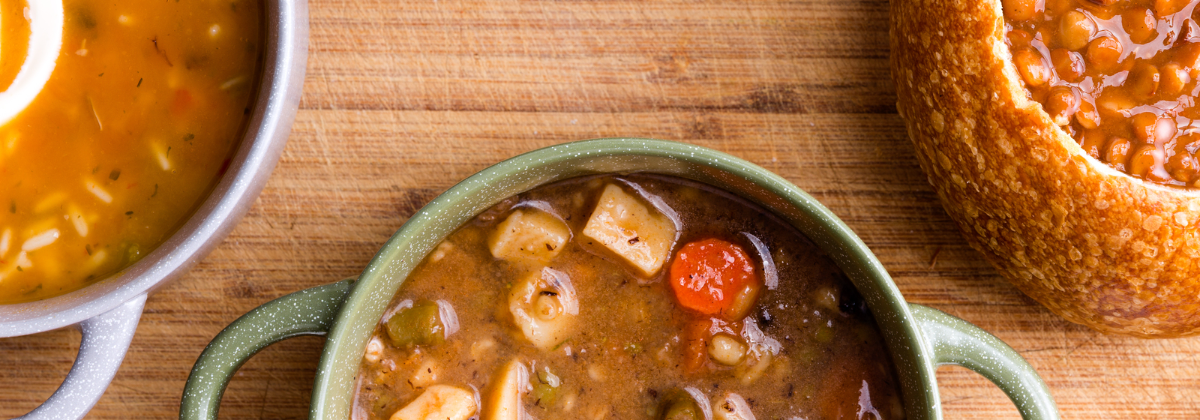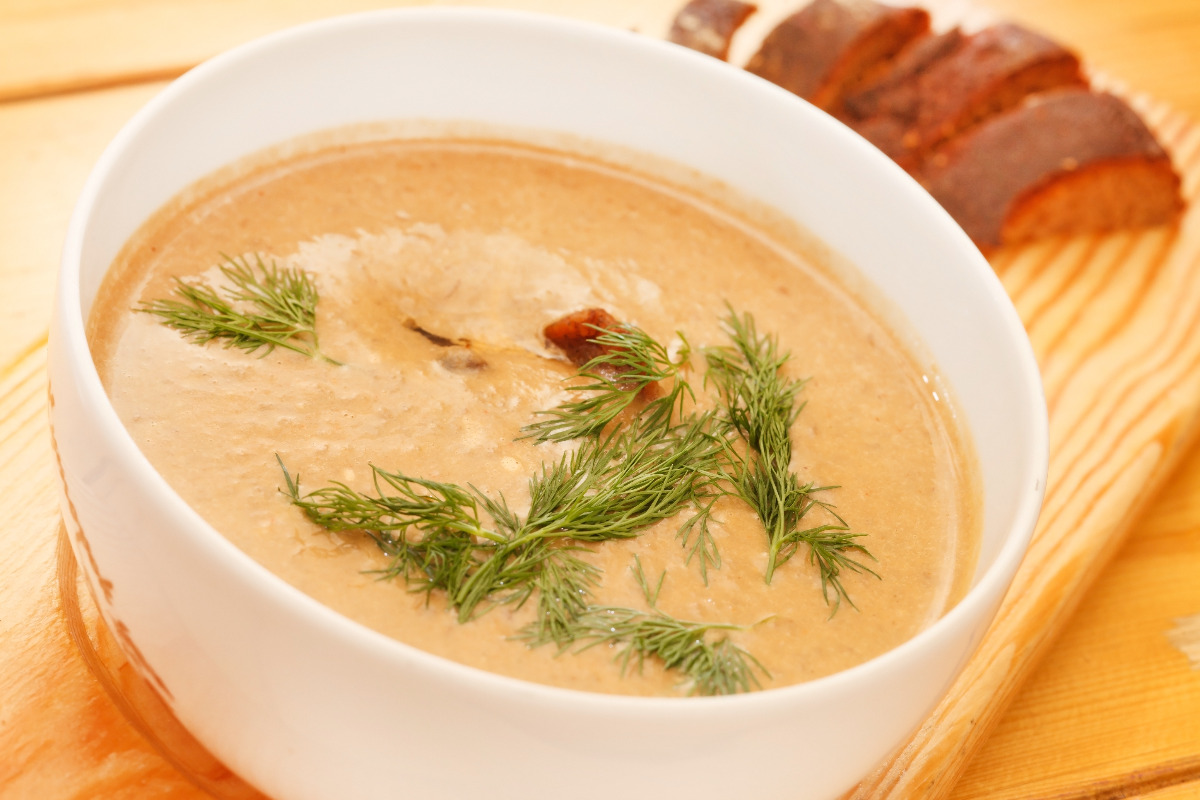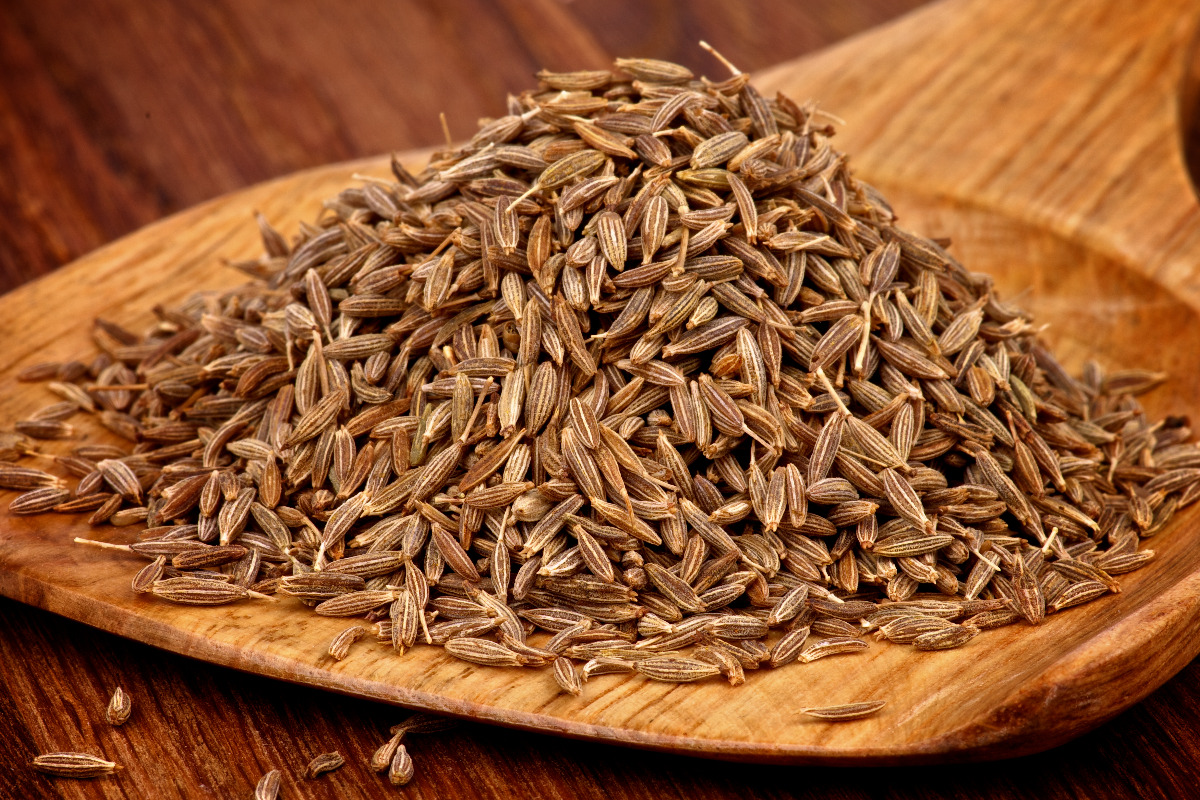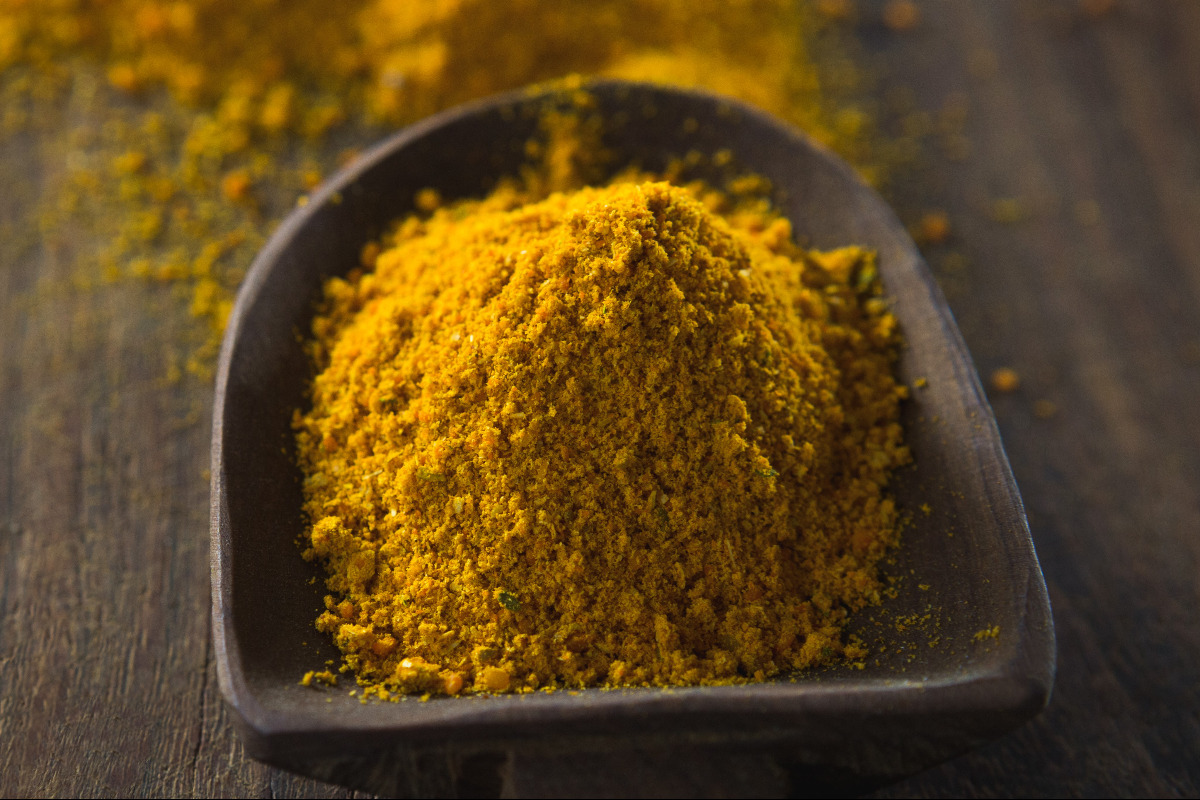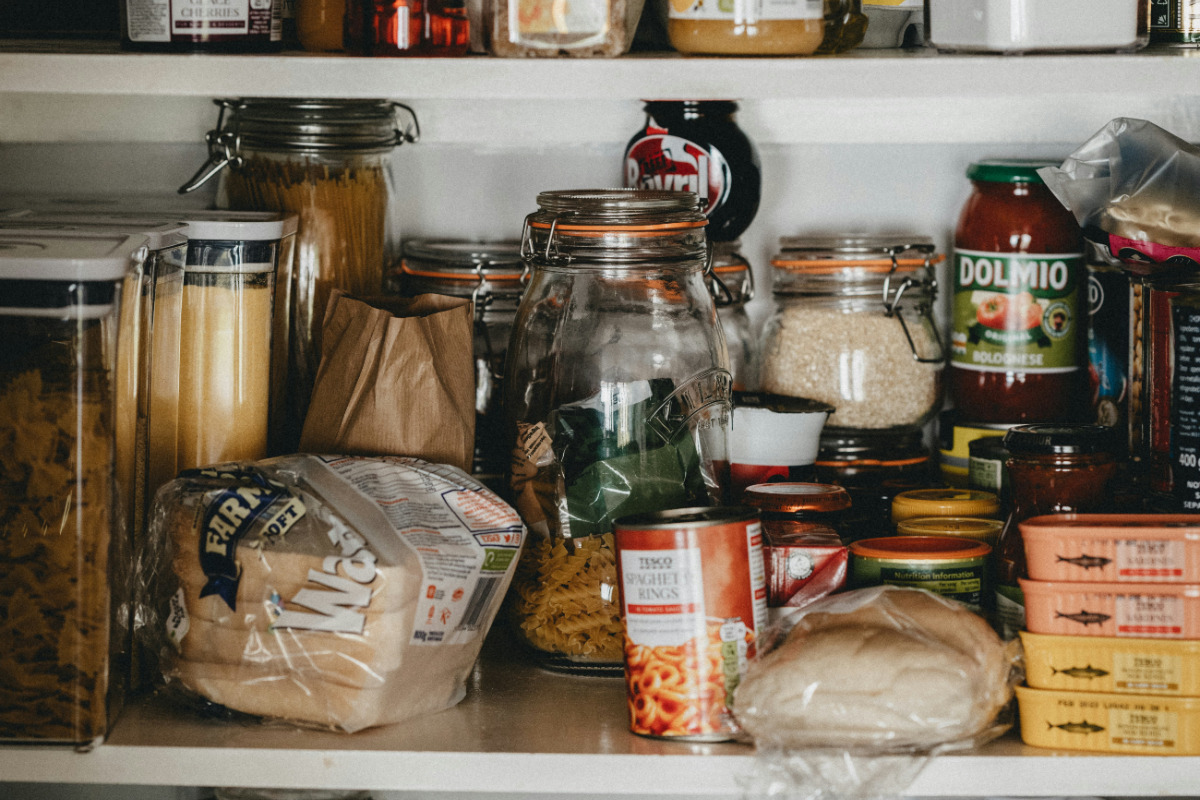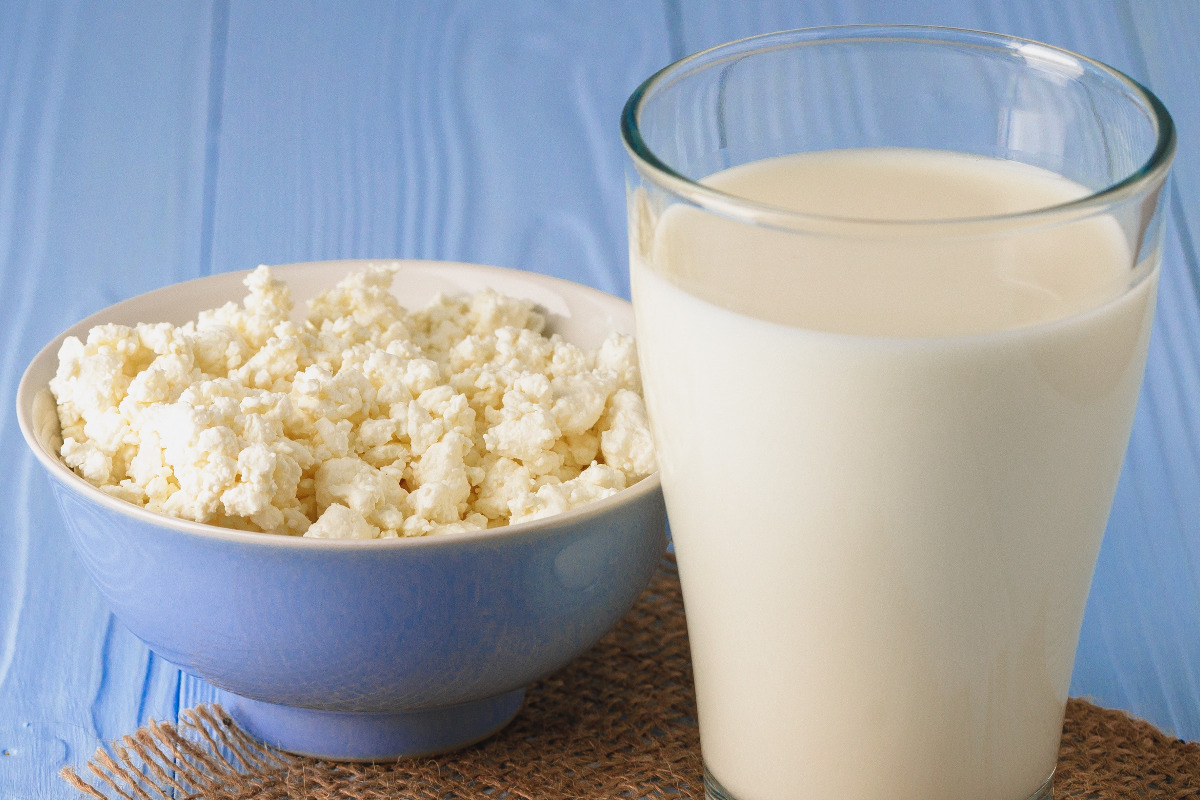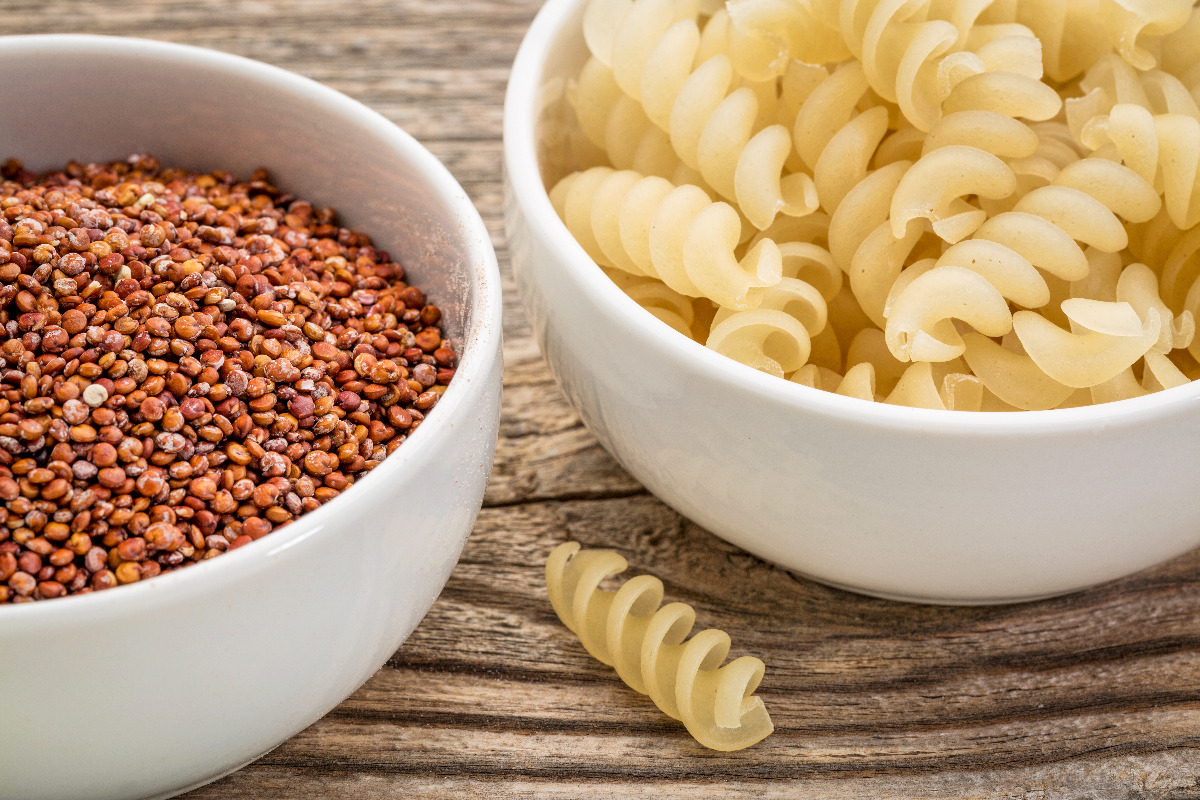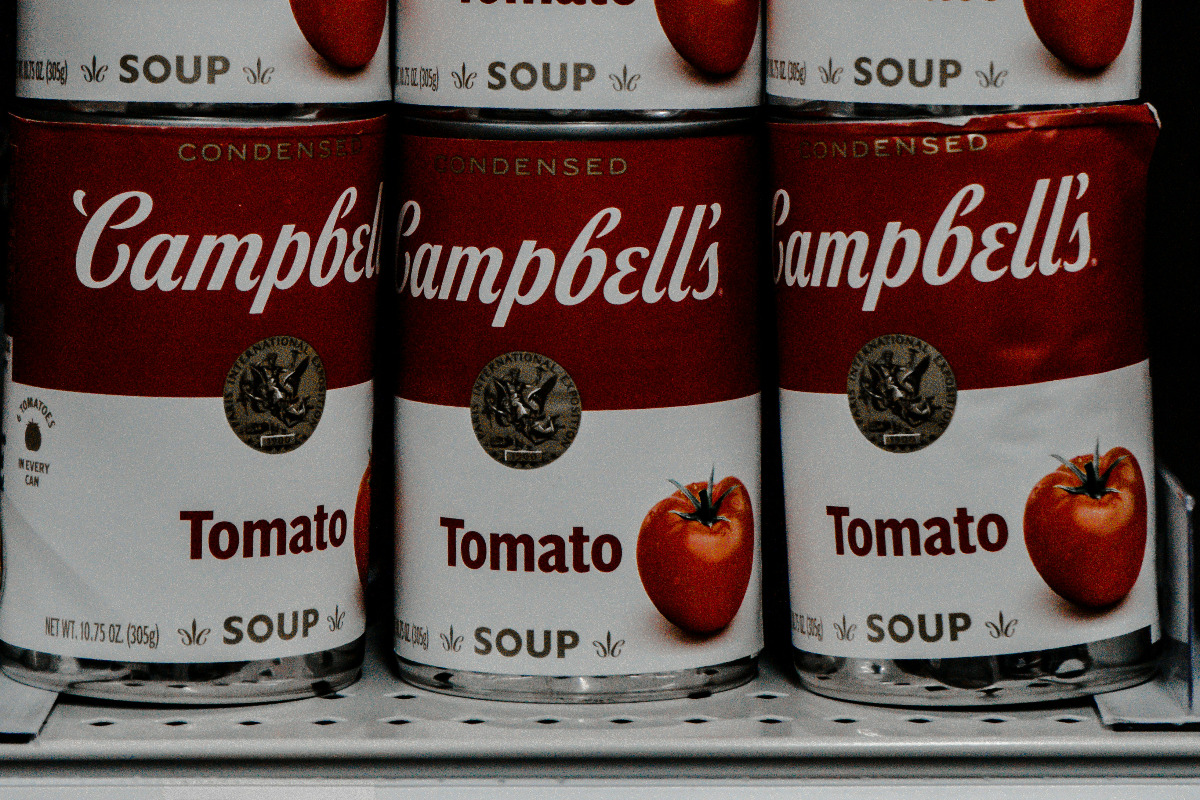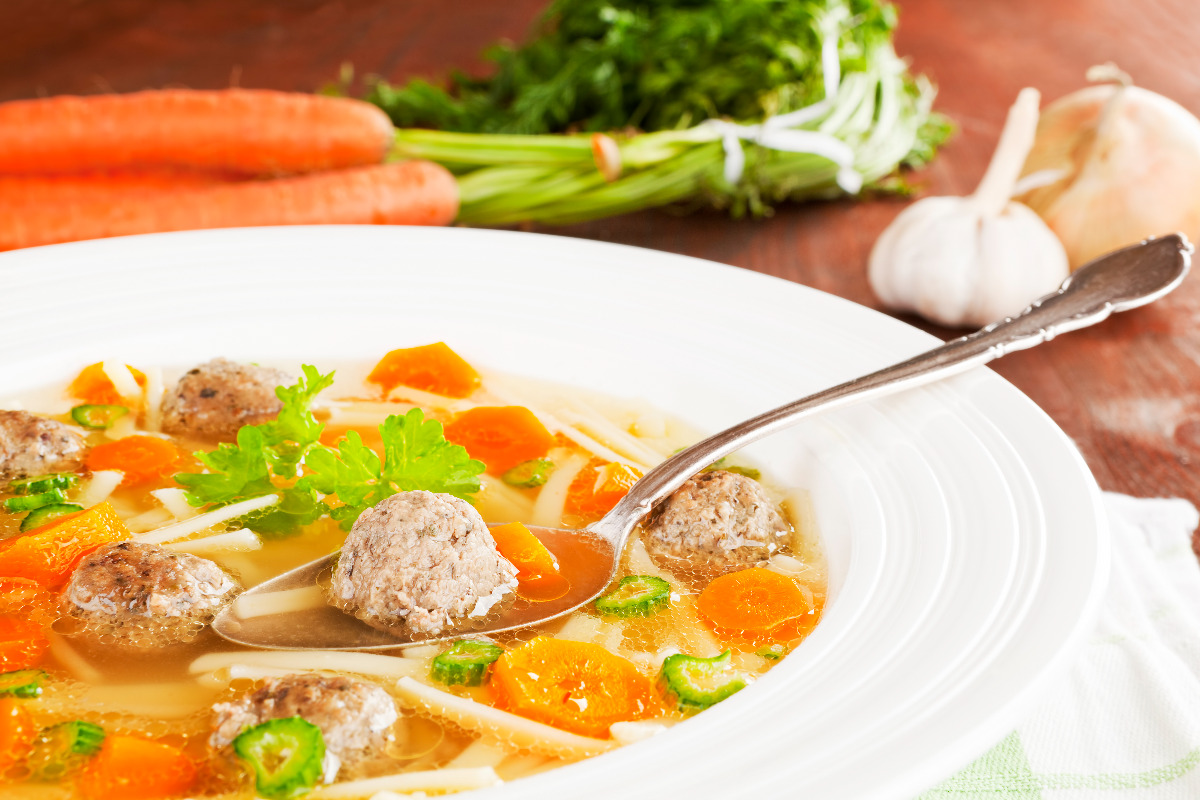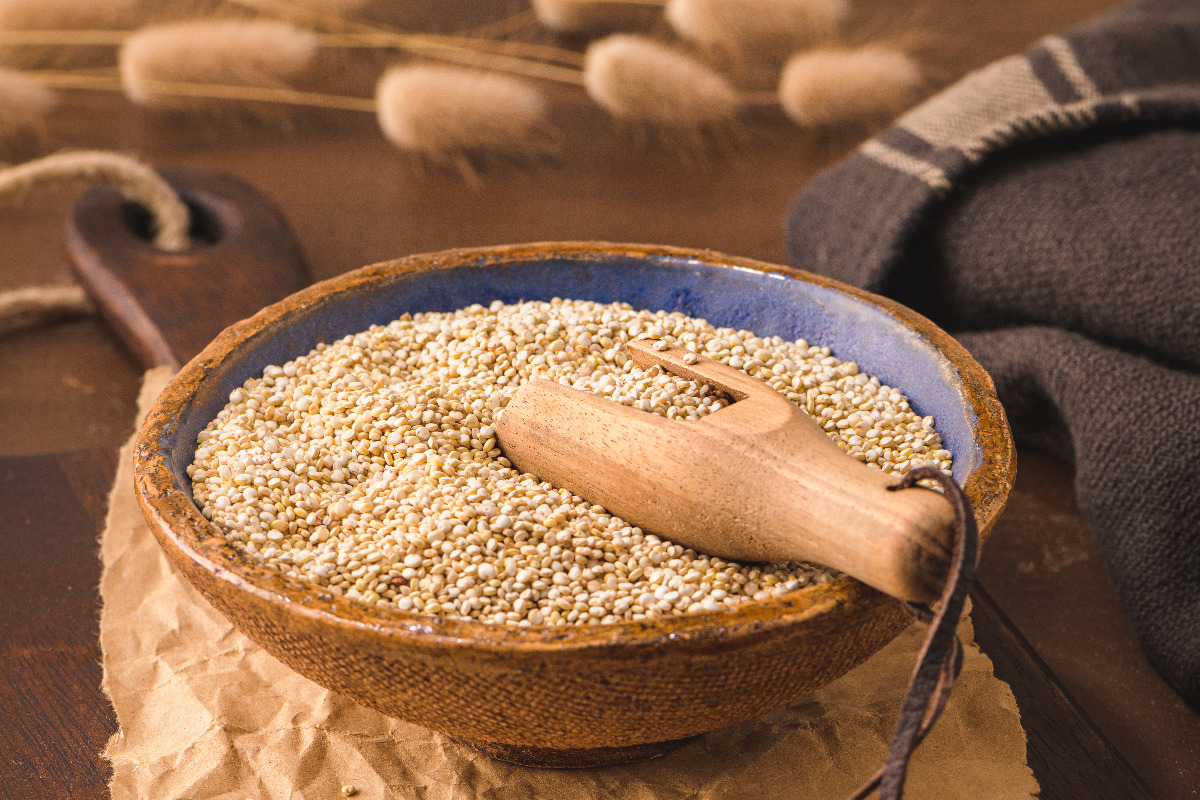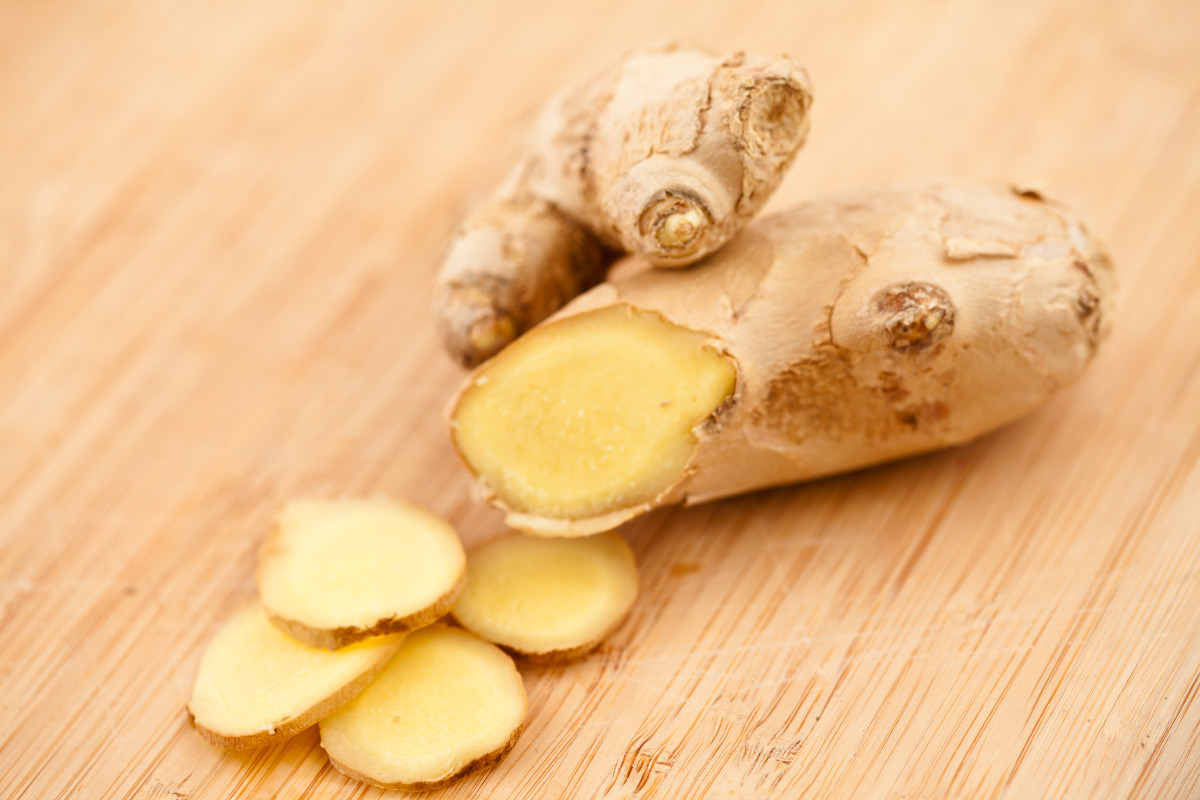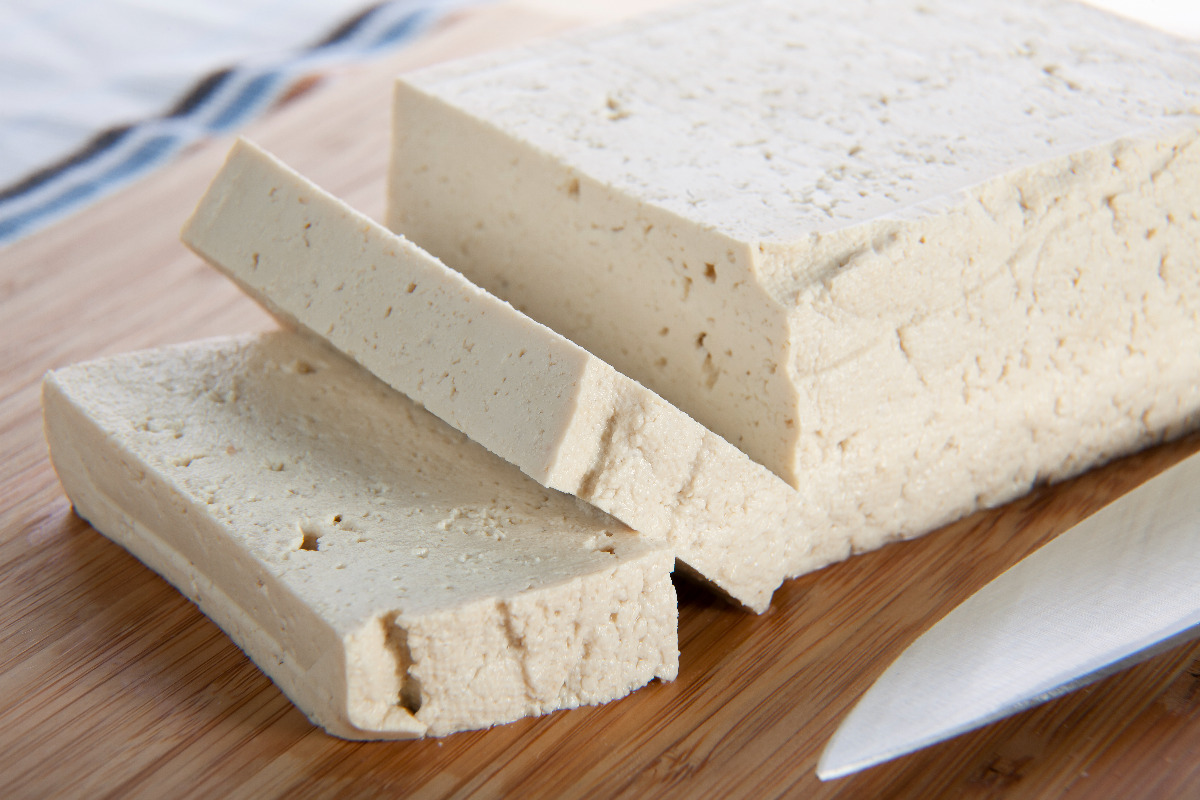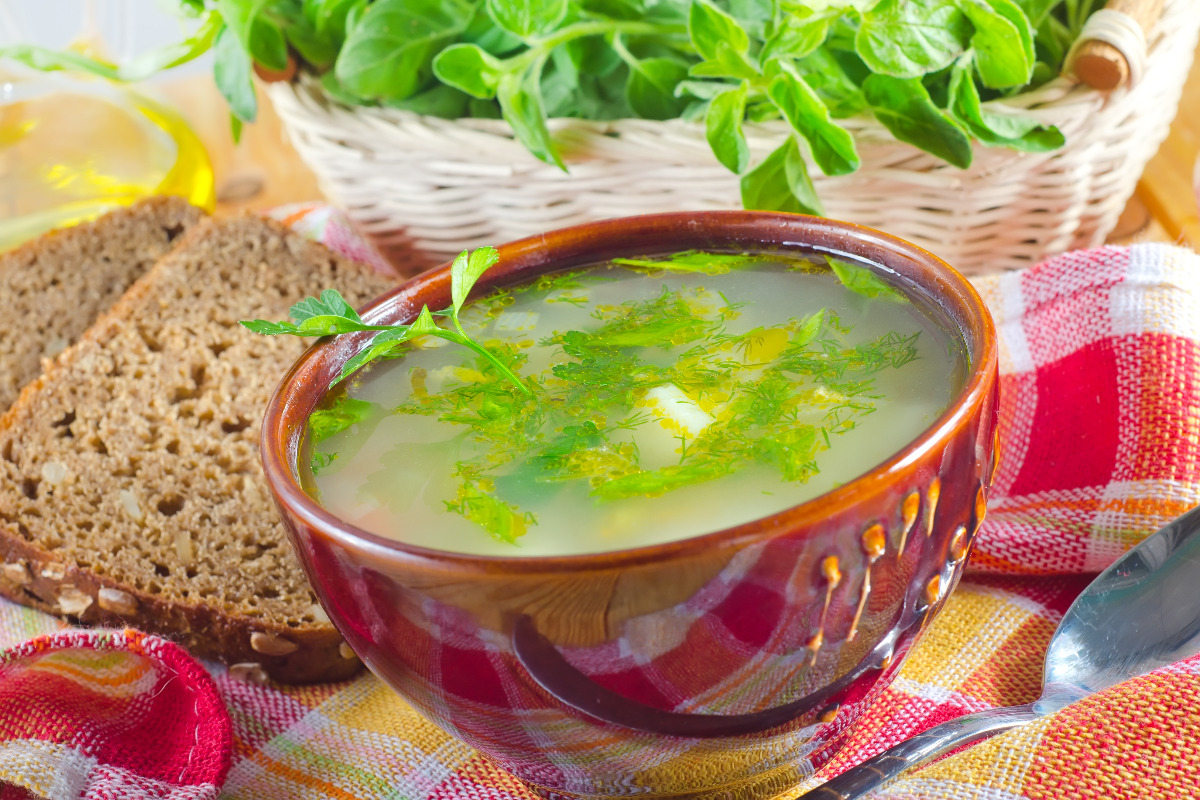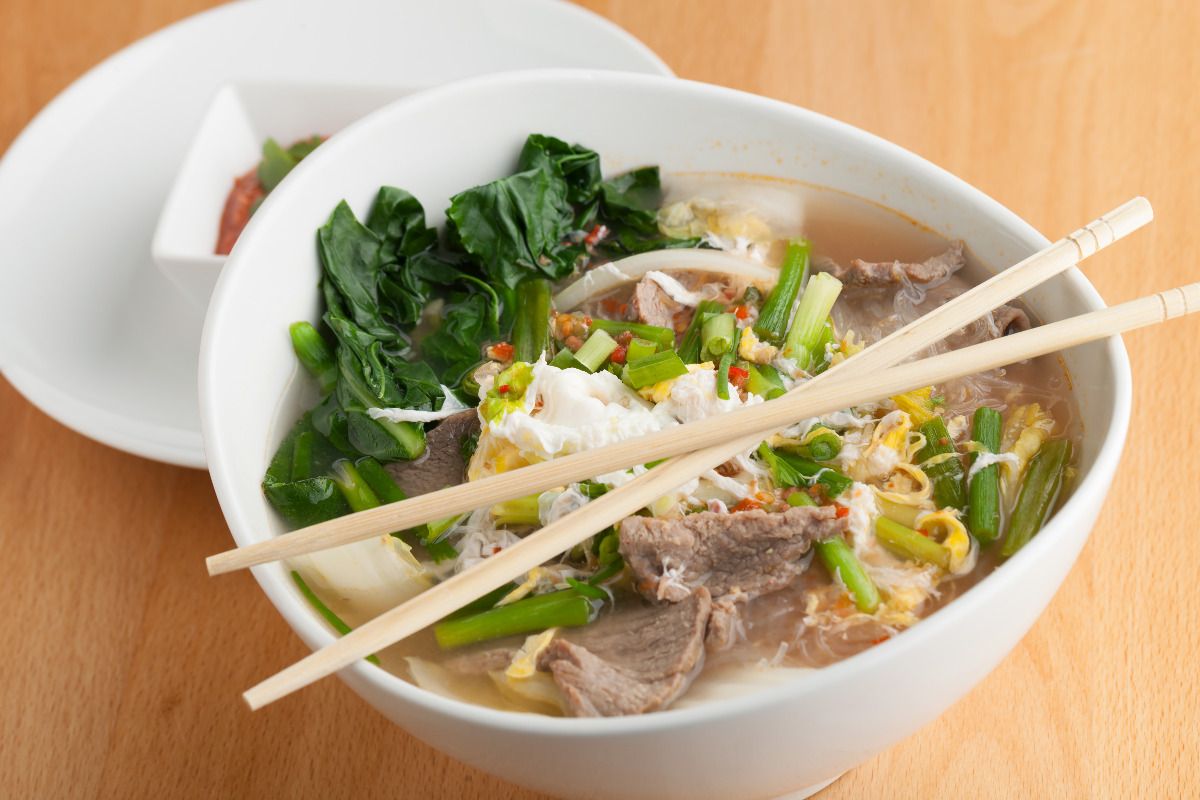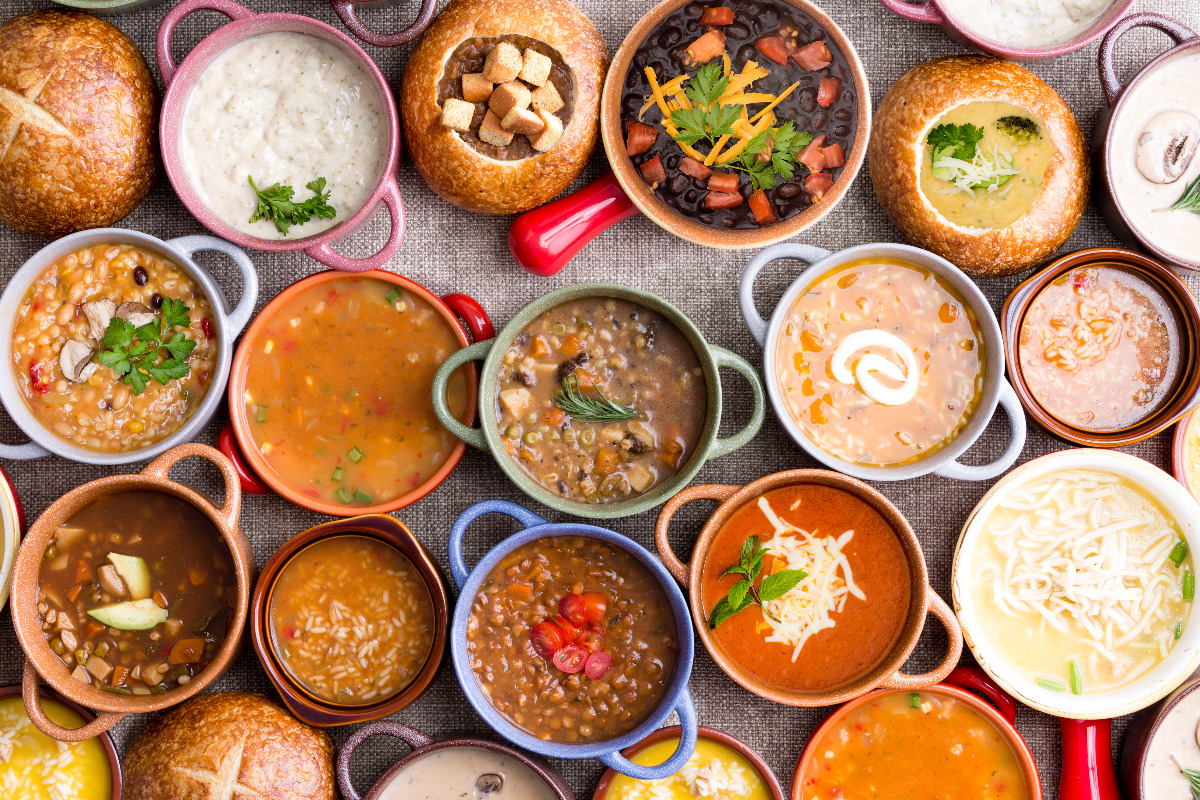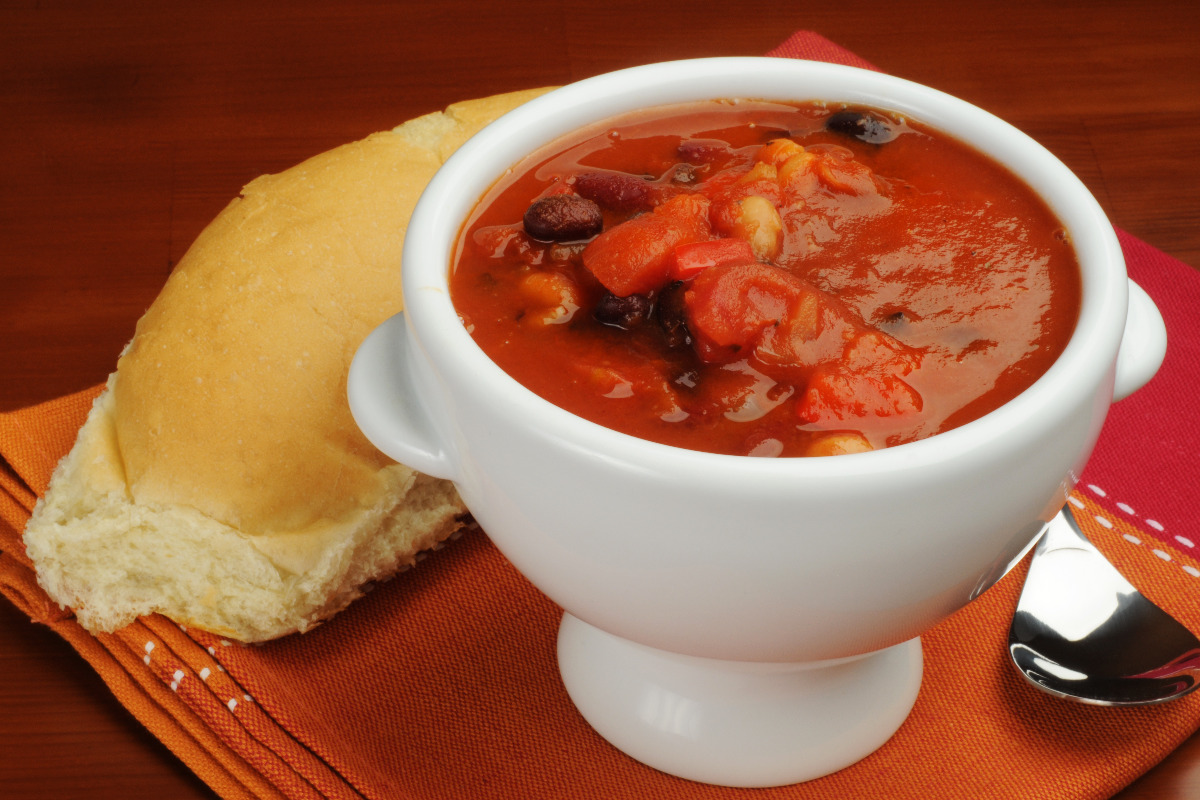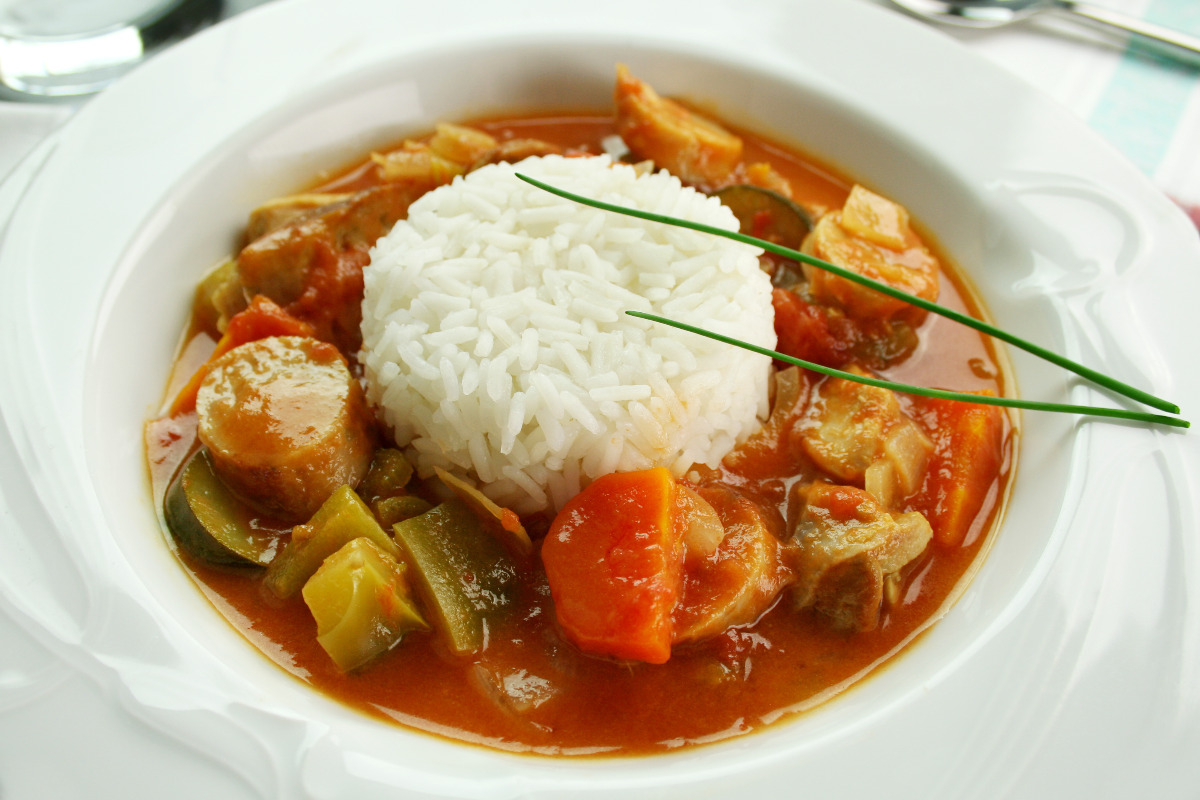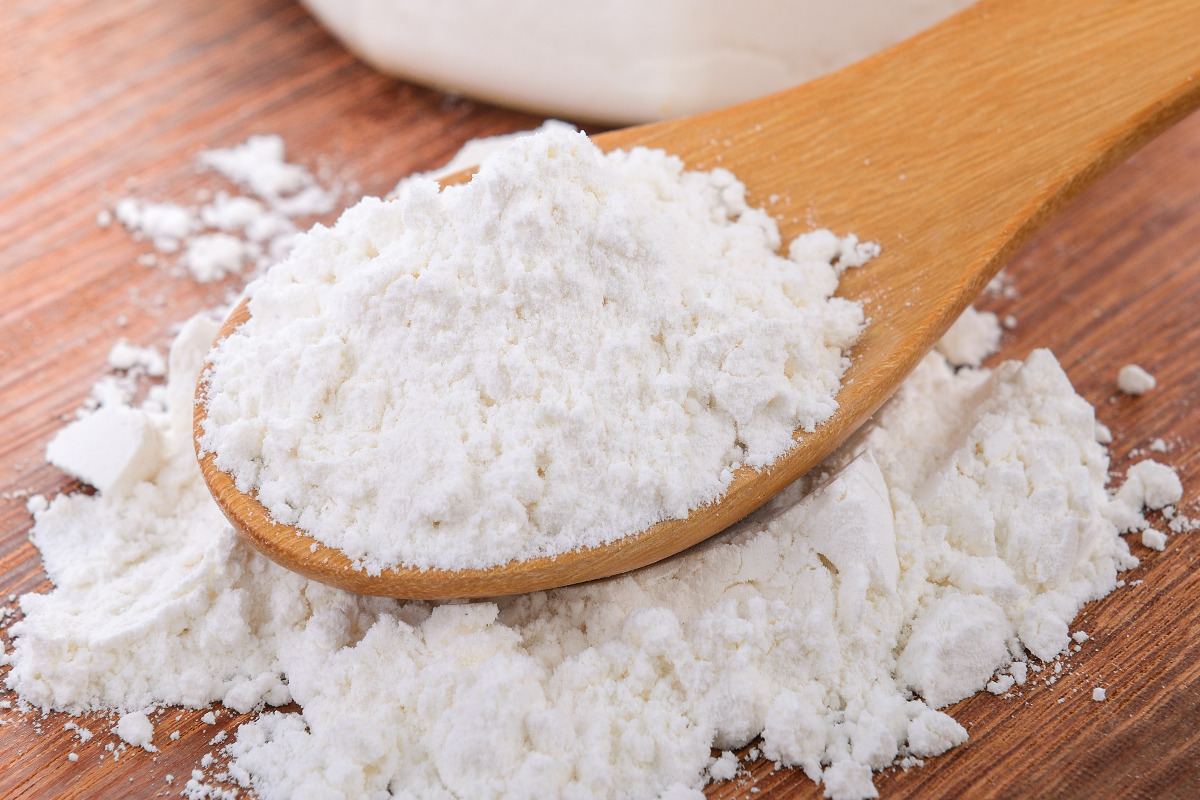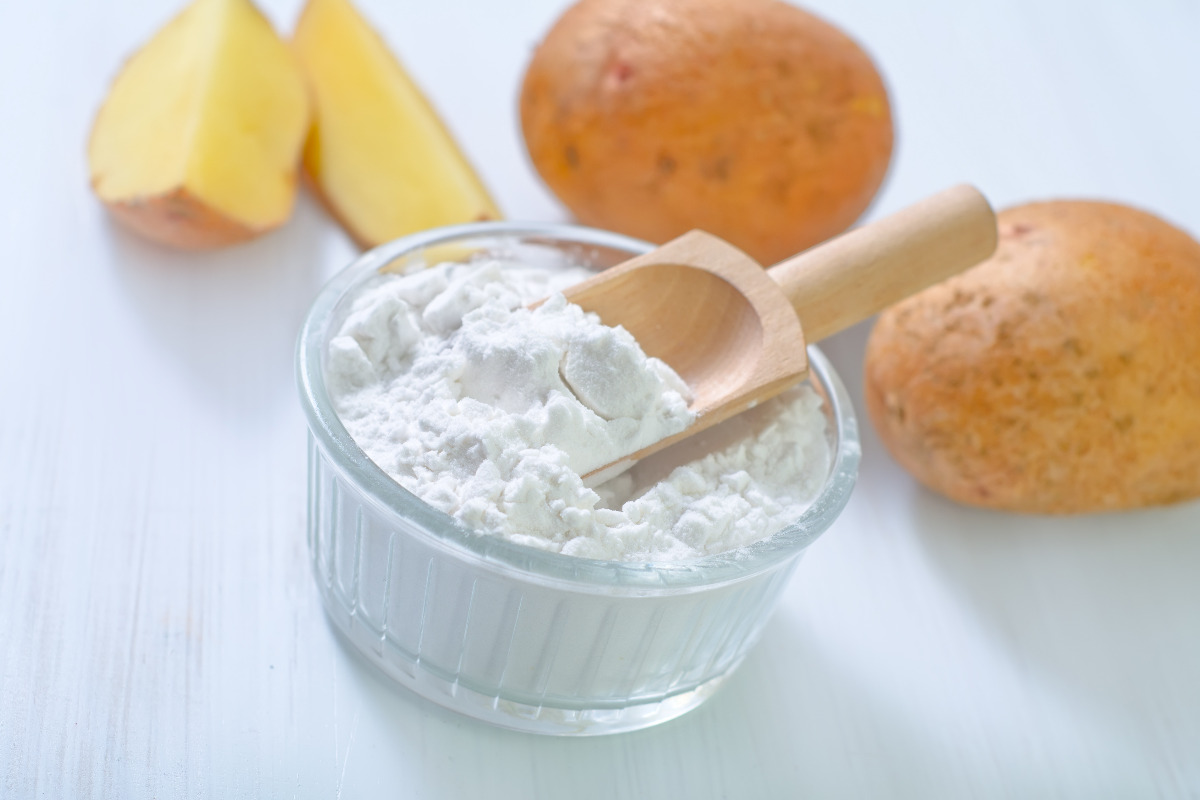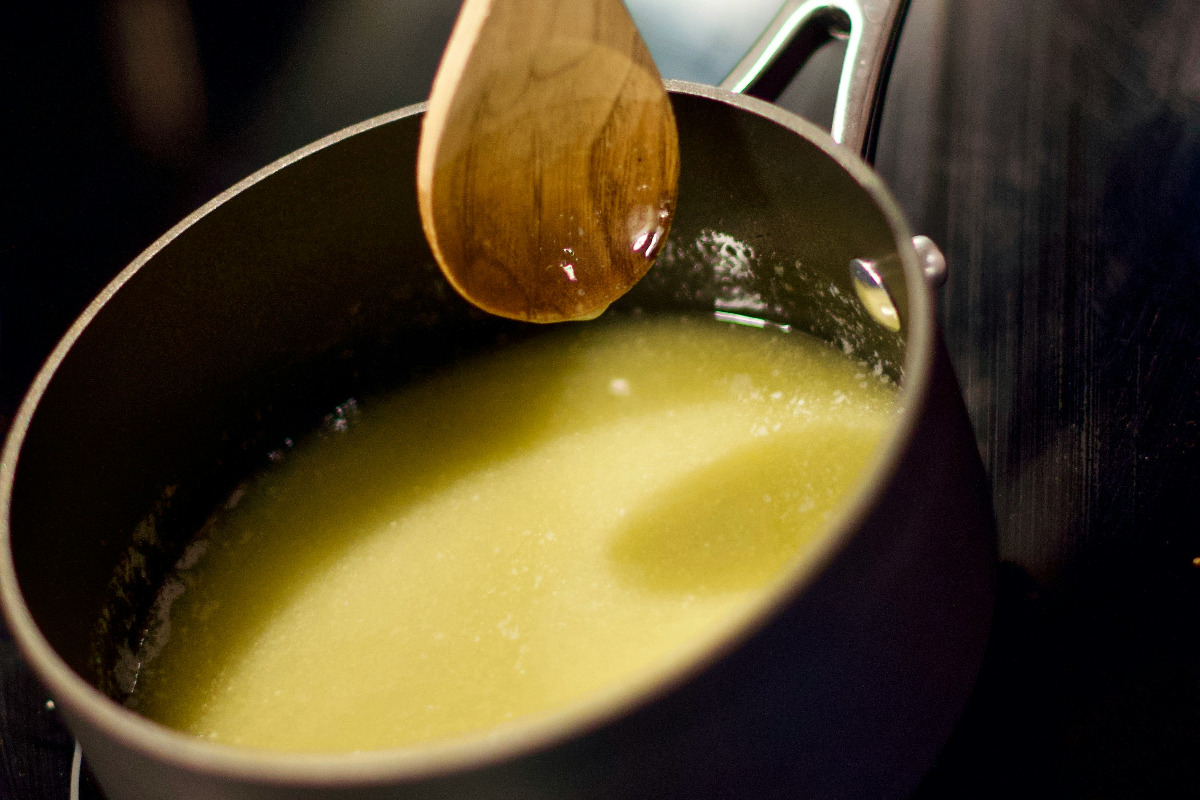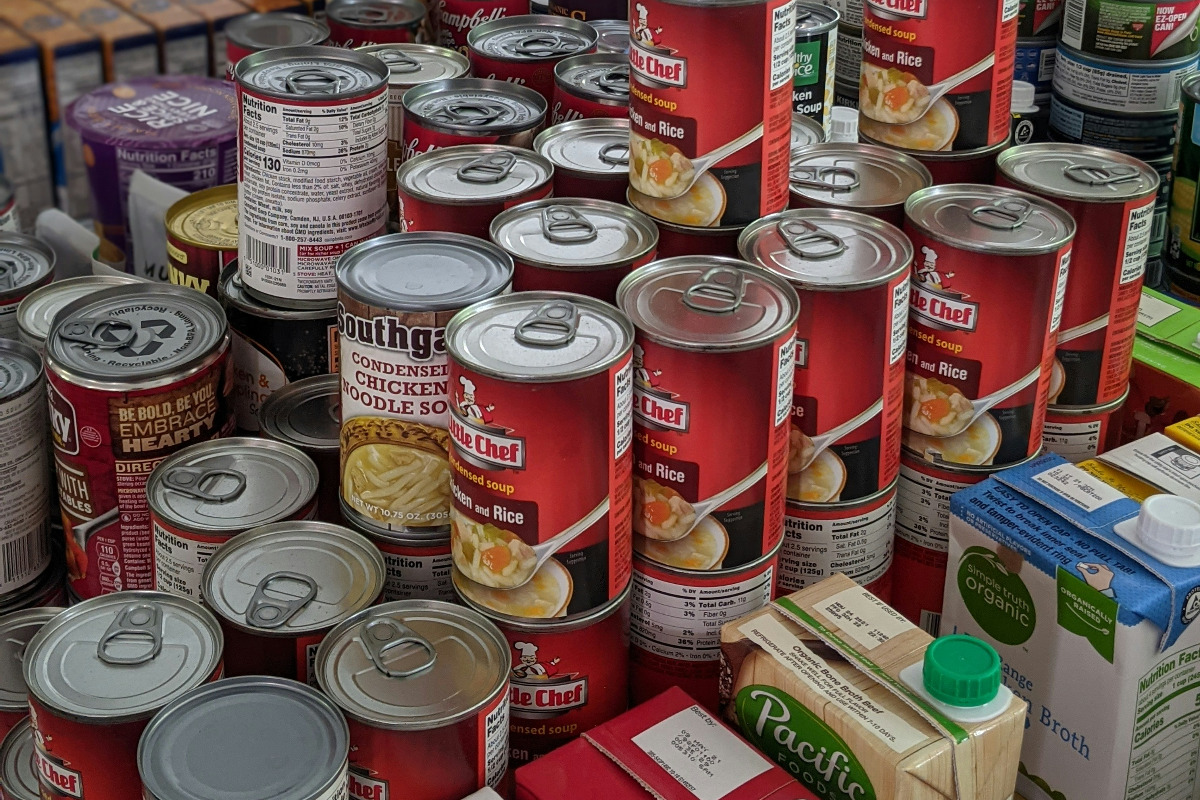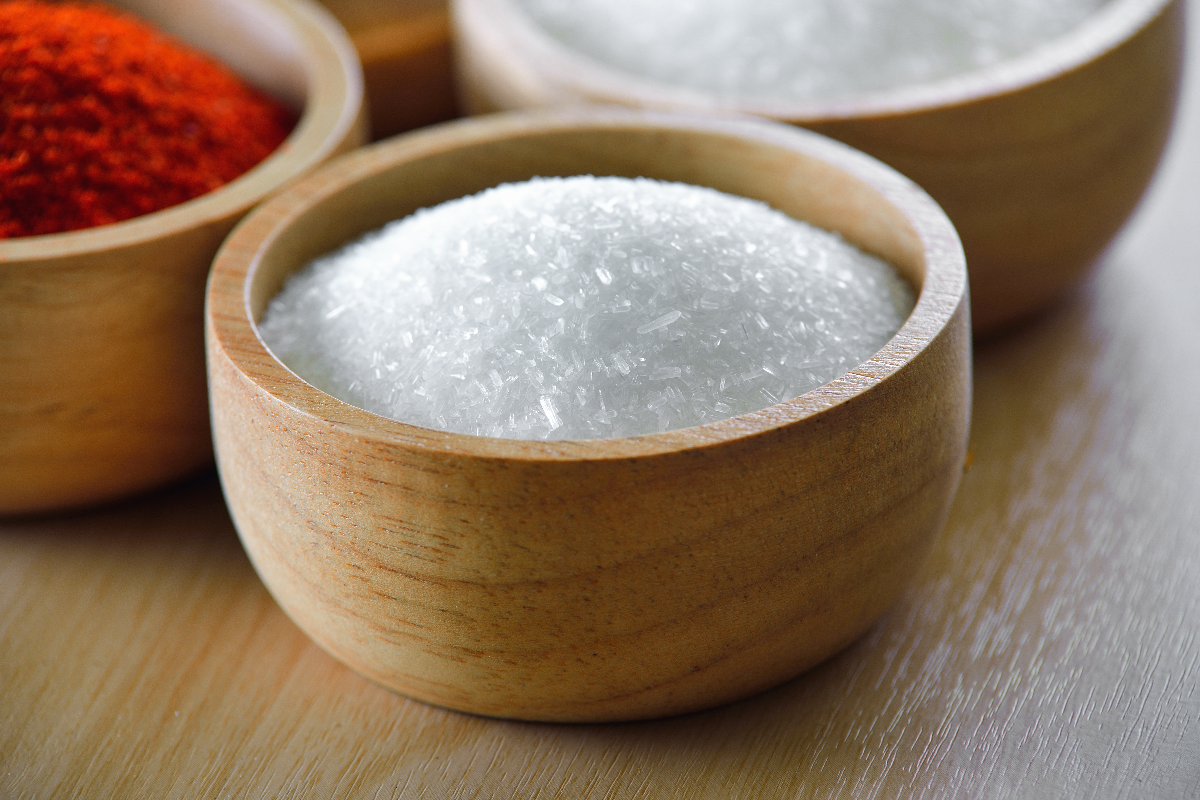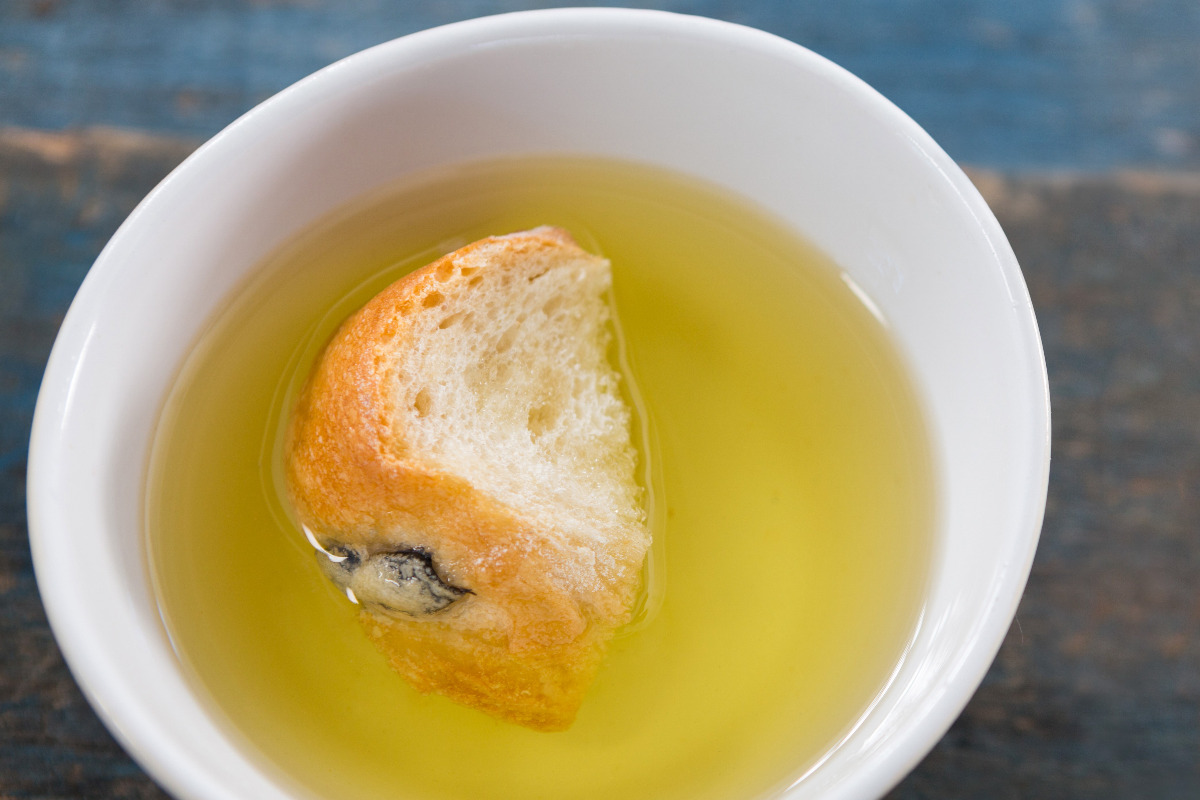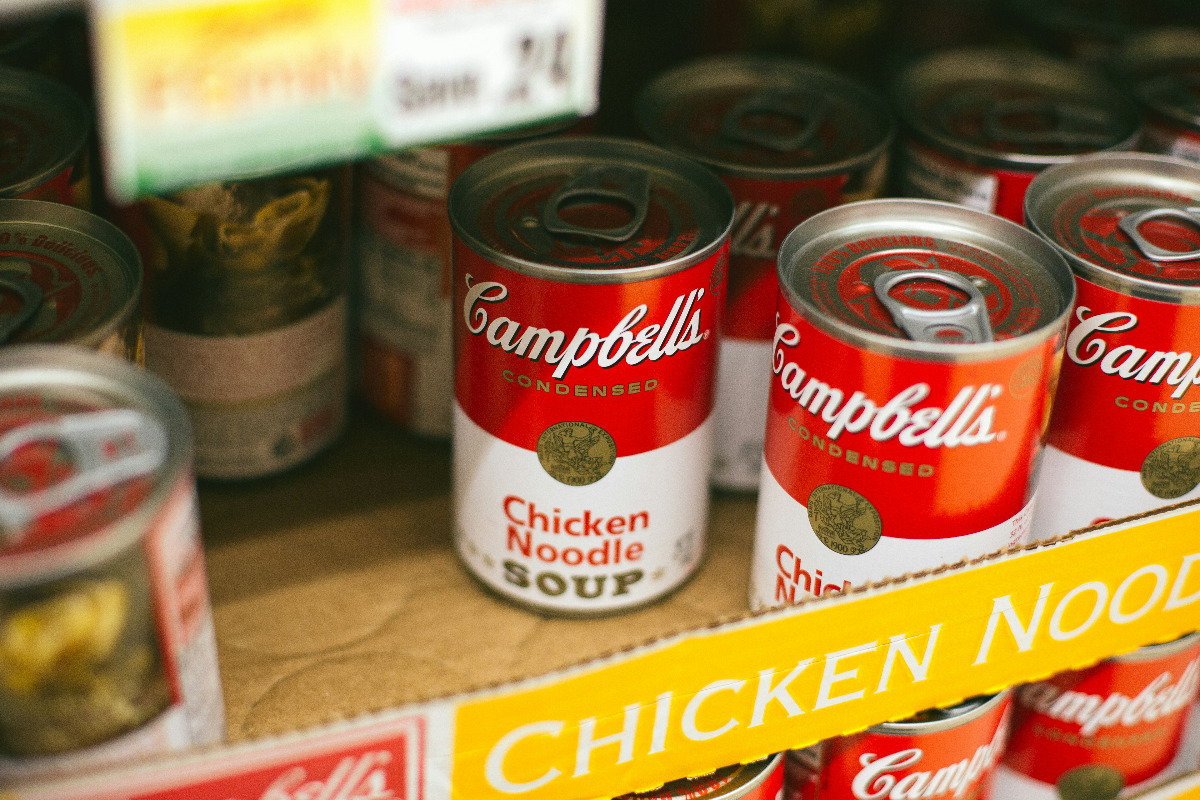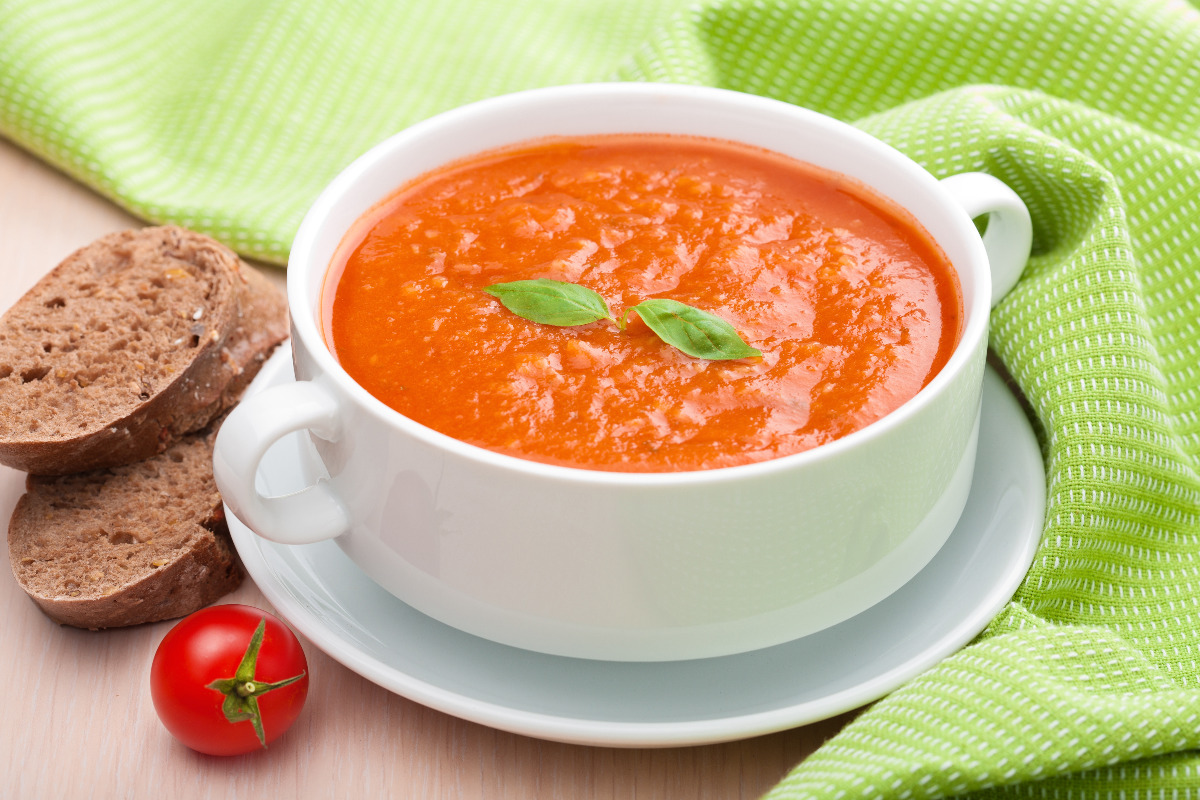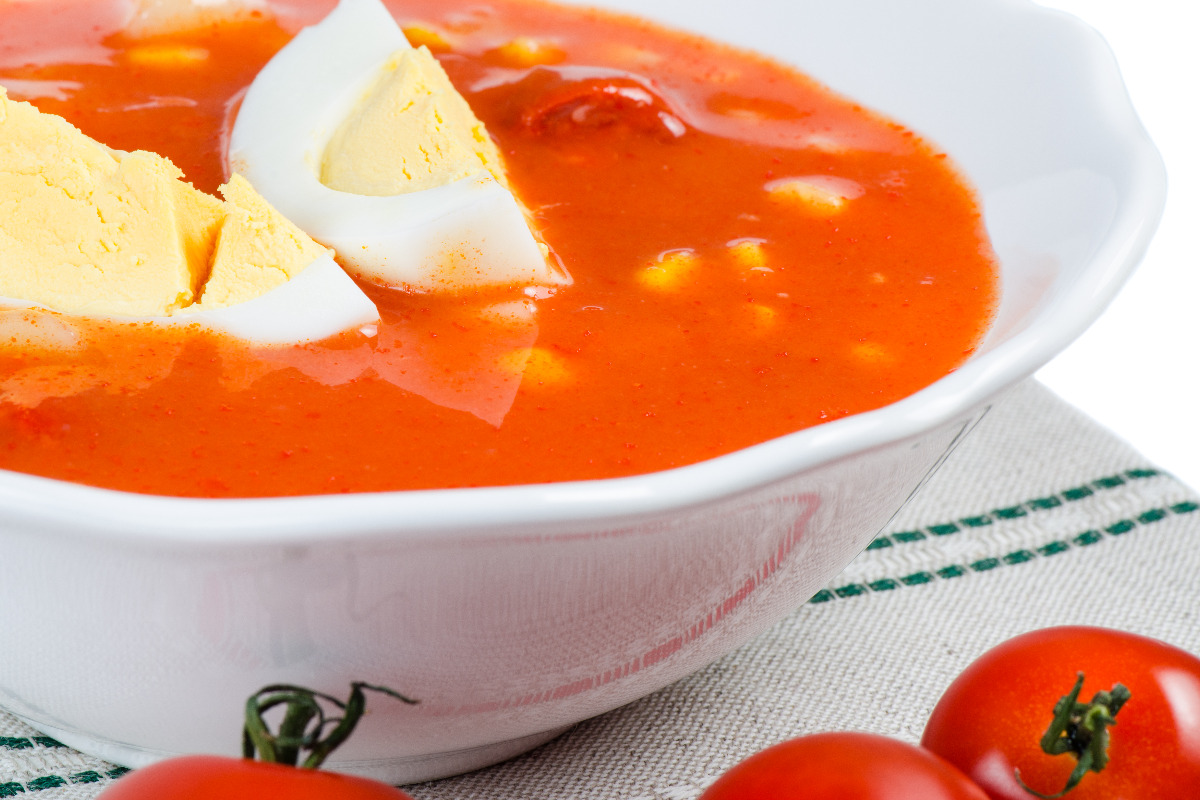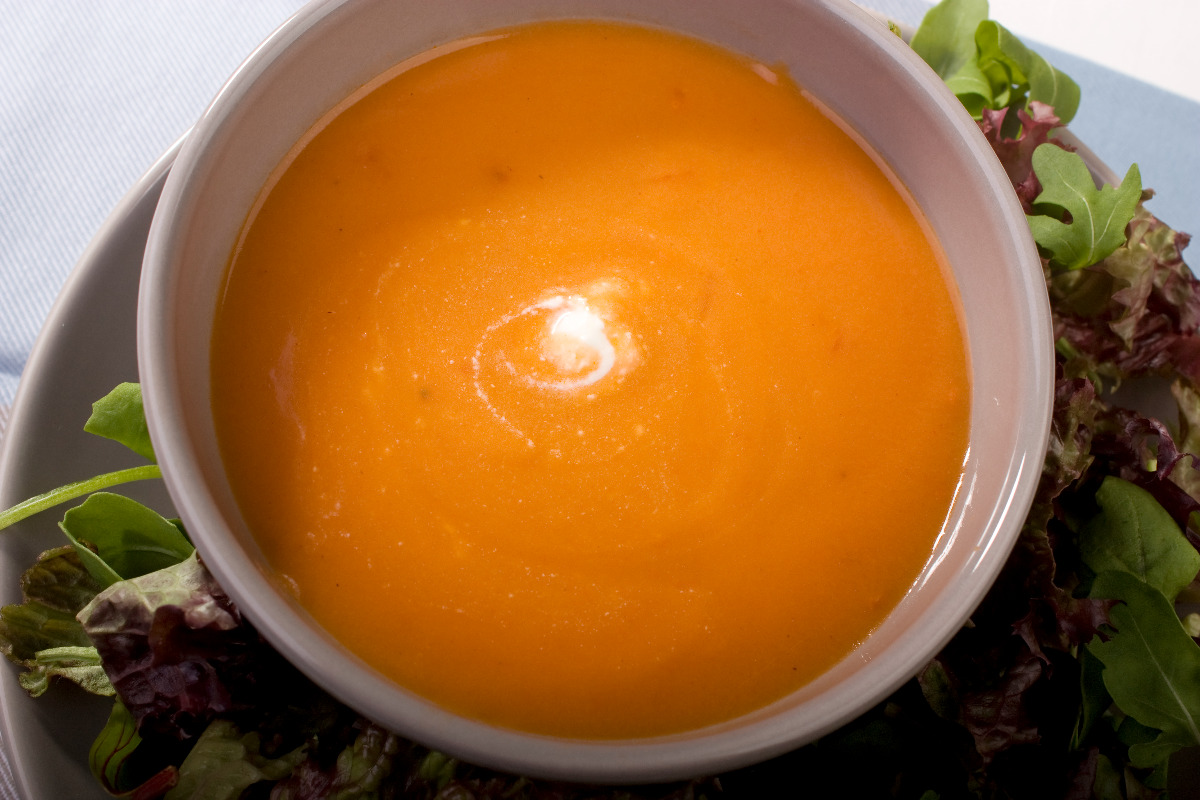All kinds of soup have flavorful histories that shaped what they are today. None more so than the most popular American soups. From ones with the best soup spices to ones packed with the best pantry ingredients for soup, these popular American soups have a history of flavor that lies behind each. But what American soups are from abroad? Let’s find out!
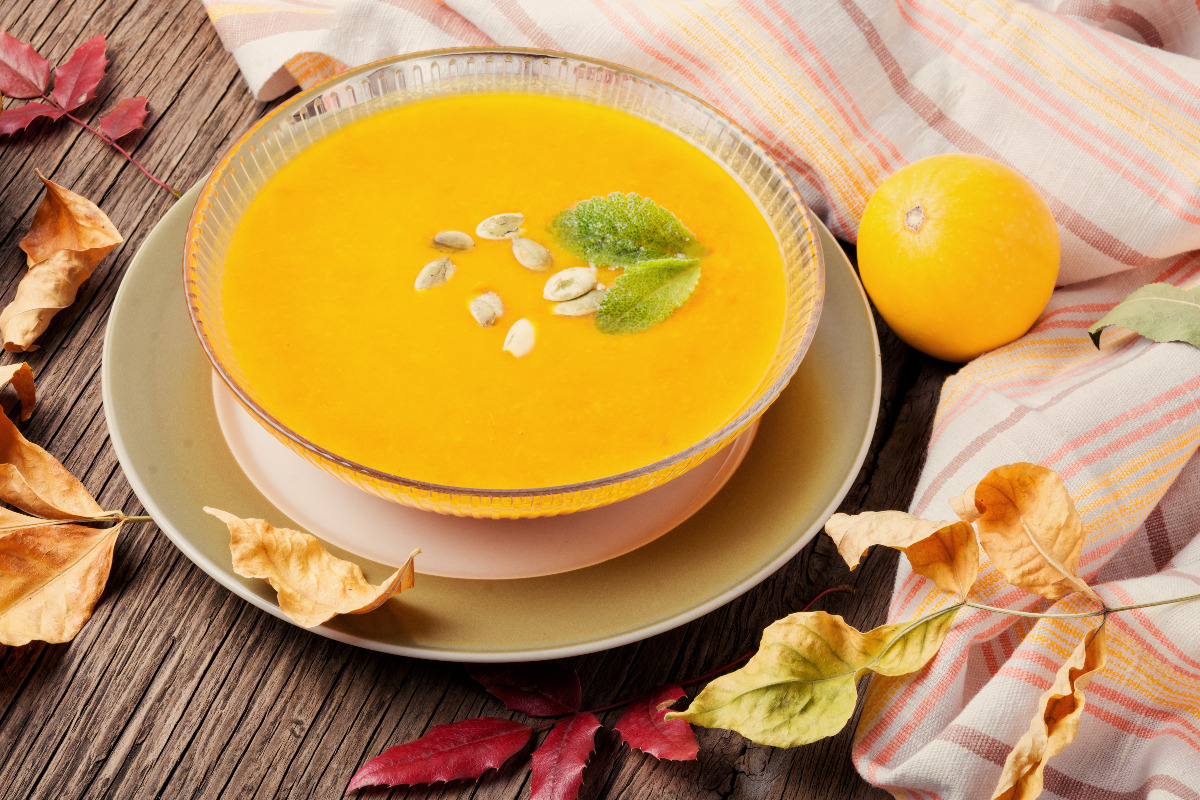
💡 American Soups with Foreign Origins
Chicken Noodle Soup
This classic American soup is a bowl of infamous warmth and healthiness. Chicken noodle soup has held a spot within American culture as a soup for all. As one of the largest soup companies in America, Campbell led its domination in America with its canned versions. While its exact origins are not entirely certain, they are associated with Jewish and European culinary traditions. The actual concept of chicken with broth and noodles can be seen in various cultures, like the “Jewish penicillin.”
French Onion Soup
Picture perfect elegance with a flavor that backs it! French onion soup really does deliver on its historical creation. This classic American soup hails from French cuisine, packing a rich, savory broth and slowly caramelized onions. The original delicious recipe was topped with a slice of crusty French bread. This stayed true when its elegant and tasty history was brought to the US shores. While part of many classic soups and side pairings that have entered America, it’s one of the more well-known and abundant ones.
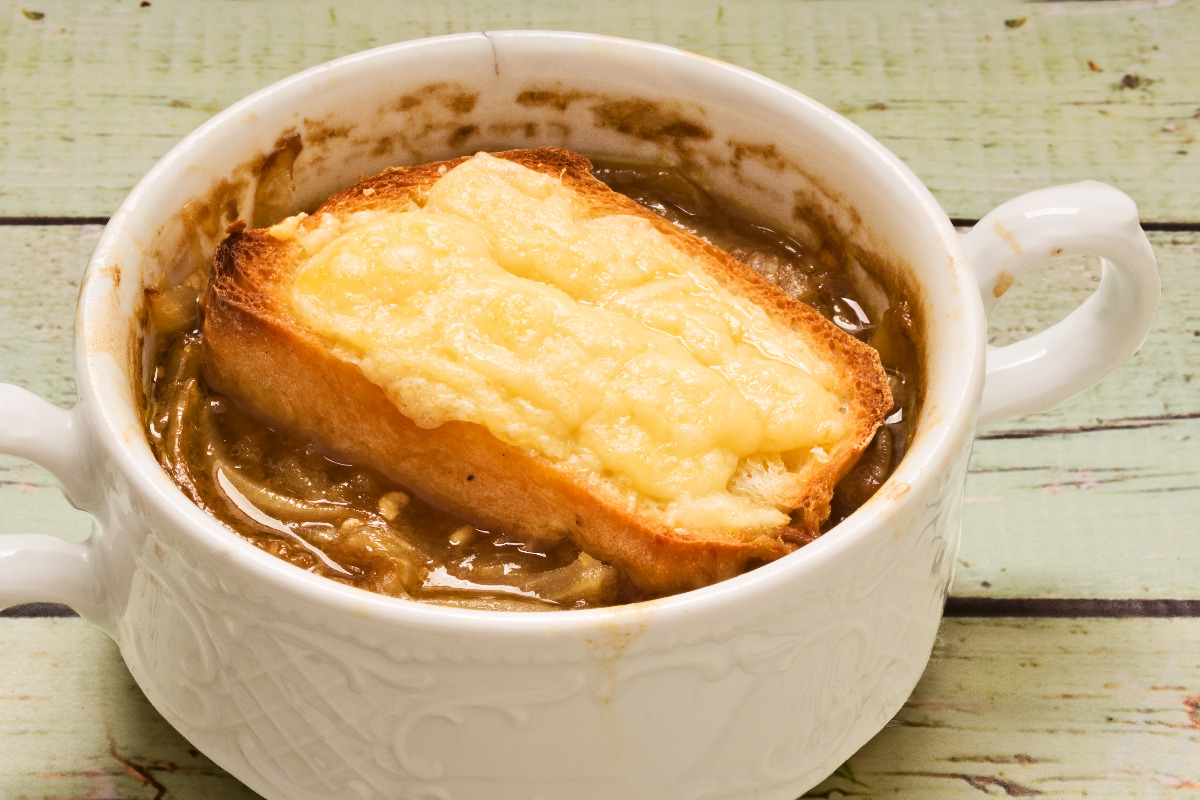
Miso Soup
From Japan’s kitchens to the tables of America, miso soup captures every rich umami flavor possible. This is a classic soup from Japan that’s in many Japanese-style restaurants featuring a delicious dashi broth. The original Japanese recipe features some healthy ingredients for soup, like kombu (dried seaweed) and bonito flakes. Soup toppings like tofu cubes and chopped scallions are also added to the soup.
Gazpacho
Cool and refreshing, this delicious Spanish delight is the perfect chilled soup in the hot American summers. This is more apparent in Florida, where Spanish ties allowed this dish to flourish. The original recipe takes fresh ripe tomatoes, cucumbers, bell peppers, onions, garlic, olive oil, and vinegar into a chilled blend of flavor. It’s enjoyed in hot summer months in both America and Spain.
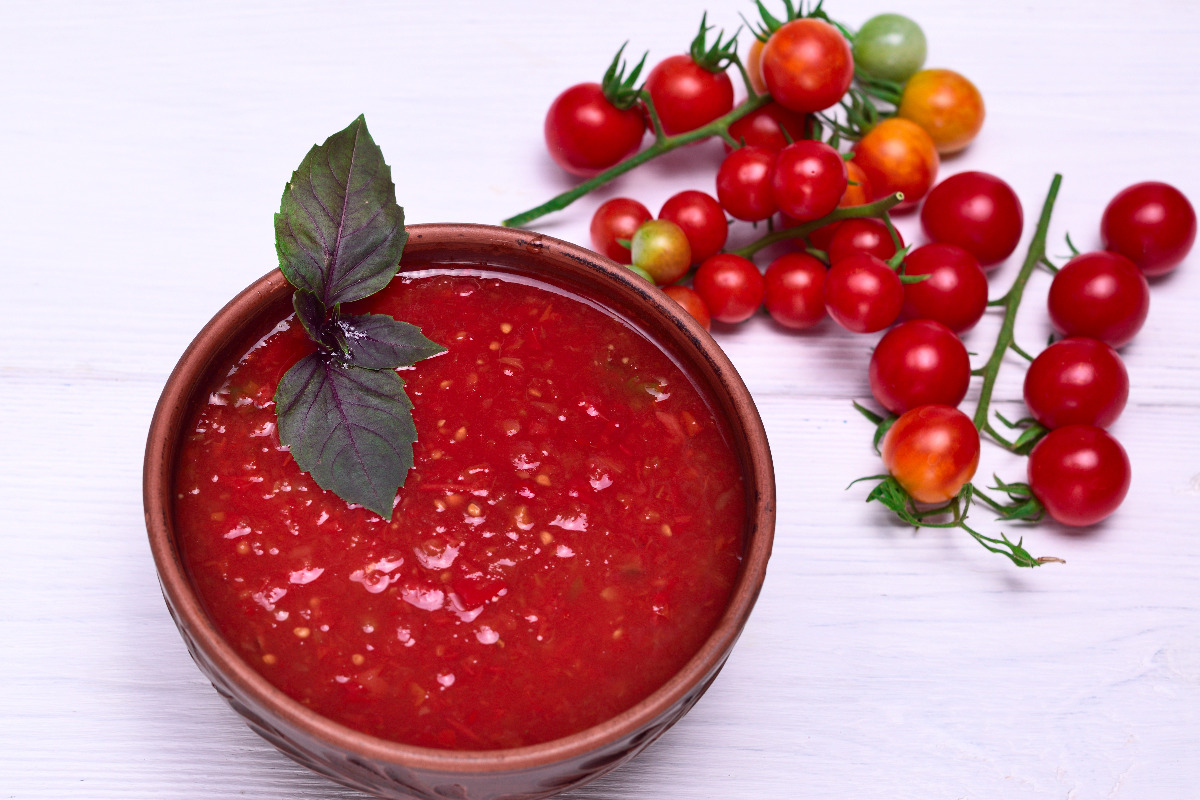
New England Clam Chowder
This is a true American soup that came from abroad. New England clam chowder comes from an old English settlement in America named New England. This creamy and hearty soup was brought to the shores in the early 18th century, where now thousands of seaside and coastal restaurants feature this delicious classic. The original recipe used clams and potatoes and was thickened with bread and crackers. While these are ways to thicken soup, cream or milk are now used in clam chowder’s creaminess.
Minestrone
Italian cuisine has dominated the world, but none more so than the US. This boiling pot for flavor and culture houses an Italian classic. Brought from Italian immigrants into the country, it slowly grew in these Italian households and then into their family-run restaurants. Stemming from ancient Rome, minestrone soup was a healthy and delicious blend of seasonal vegetables, beans, and pasta. Pantry staples for soup, like basil and oregano, are also added for a final blast of flavor.
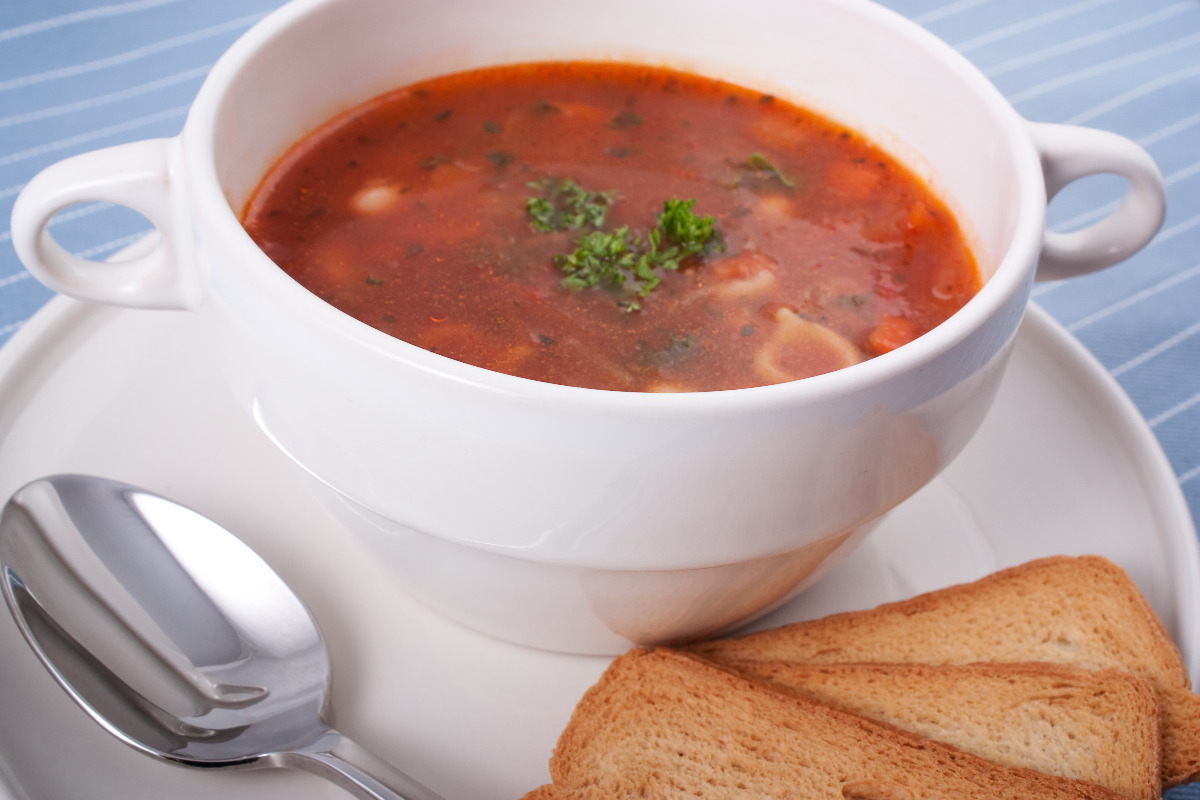
Chicken Tortilla Soup
A rich and delicious soup from across the Southern borders, chicken tortilla soup packs that classic Mexican flavor pool or rich spiciness. The soup was brought across when Mexican immigrants settled in the US, especially in the South. Mexican and Tex-Mex fusion restaurants now feature its tasty flavors. It uses a blend of shredded chicken, tomatoes, onions, and spices for its classic Mexican fusion flavors. The dish also uses classic soup spices like cumin and chili powder to give it its delicious spiciness.
🧐 FAQs
Some soups that originated in America include New England Clam Chowder, a creamy soup featuring clams, potatoes, and onions, and Manhattan Clam Chowder, a tomato-based soup with clams and vegetables. These iconic American soups have become staples in regional cuisine and reflect the rich culinary heritage of the United States.
Miso Soup, with its savory miso and tofu, has been completely embraced by Americans, especially in Japanese restaurants. Gazpacho, a refreshing cold soup from Spain, is popular during the summer months across the nation.
